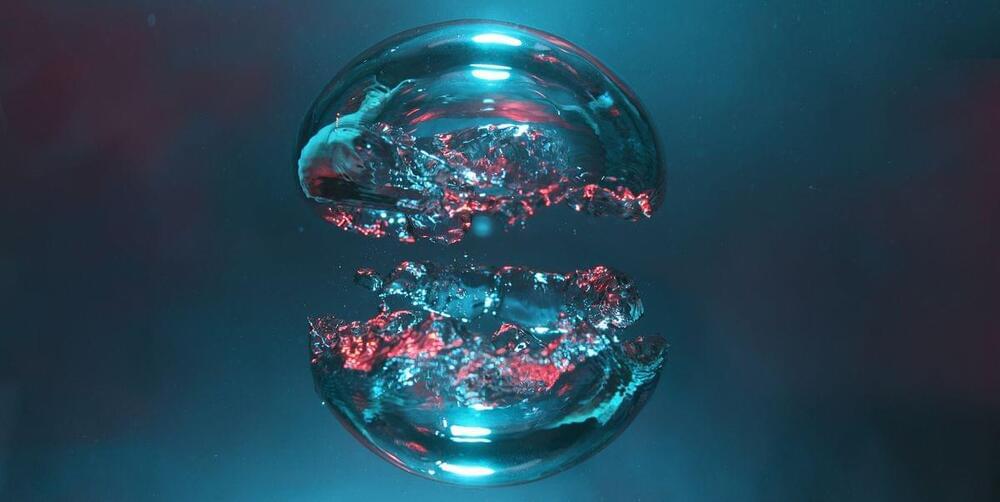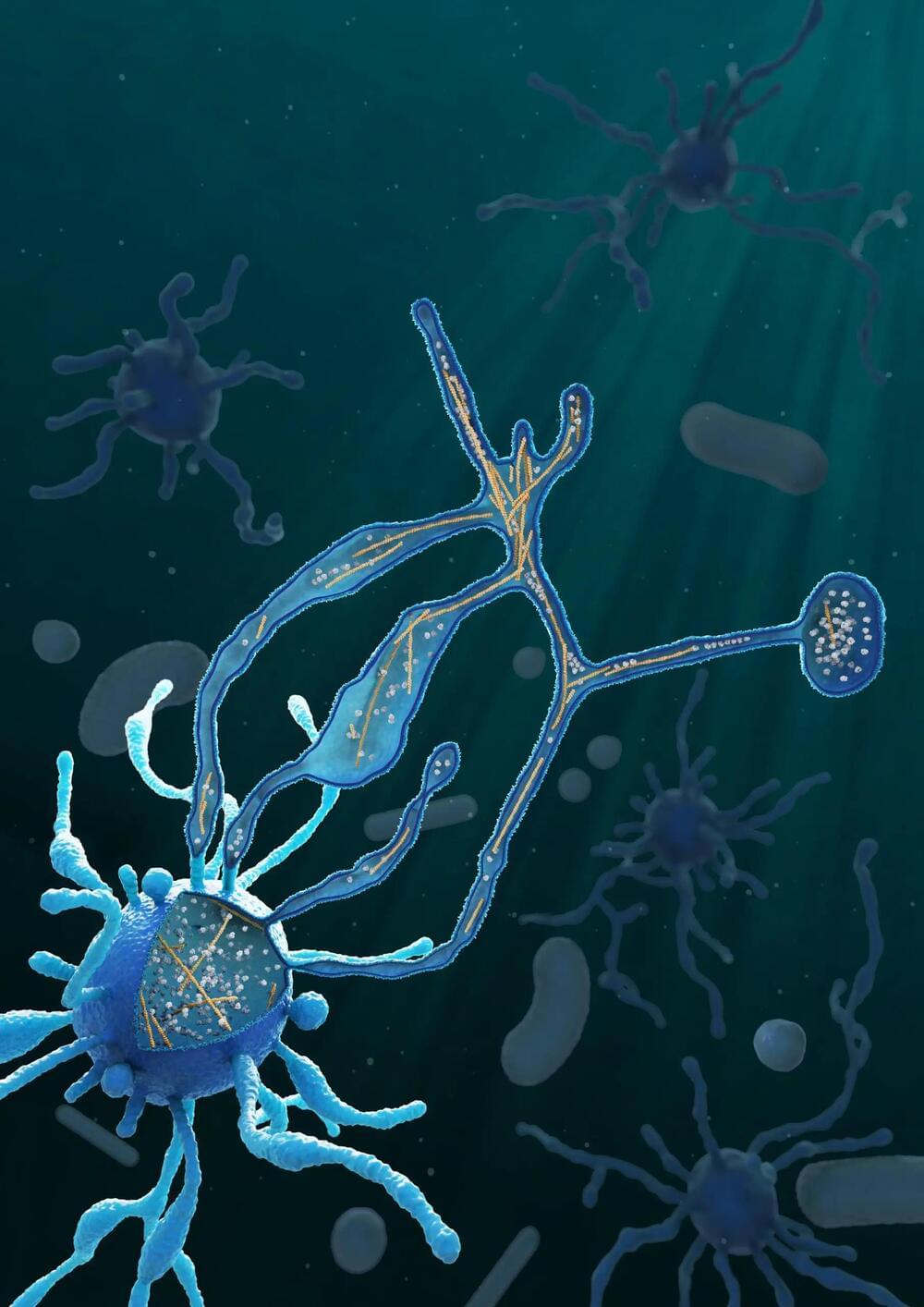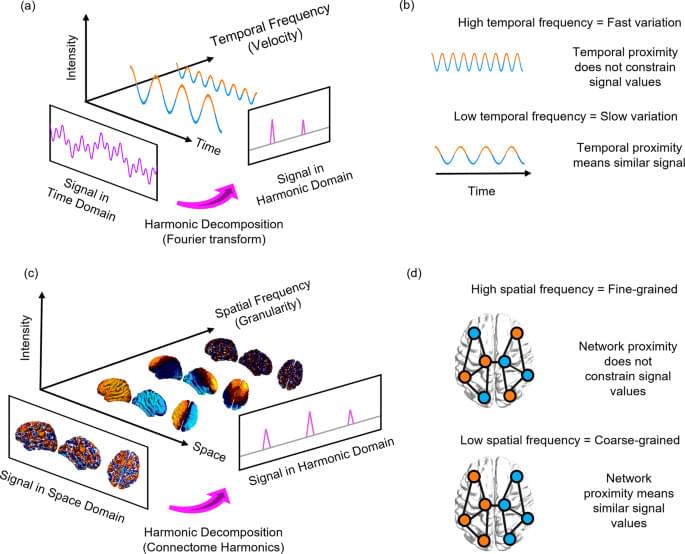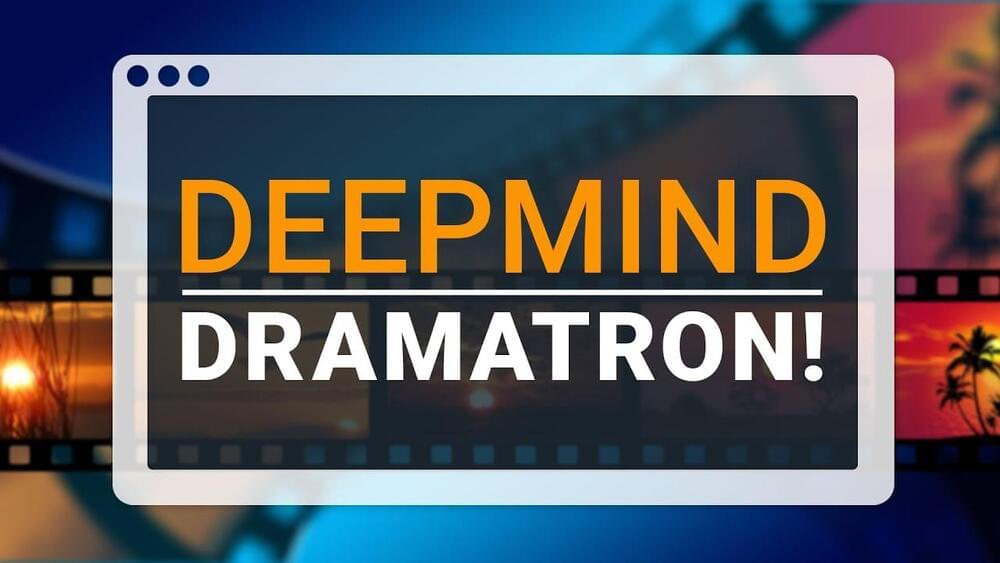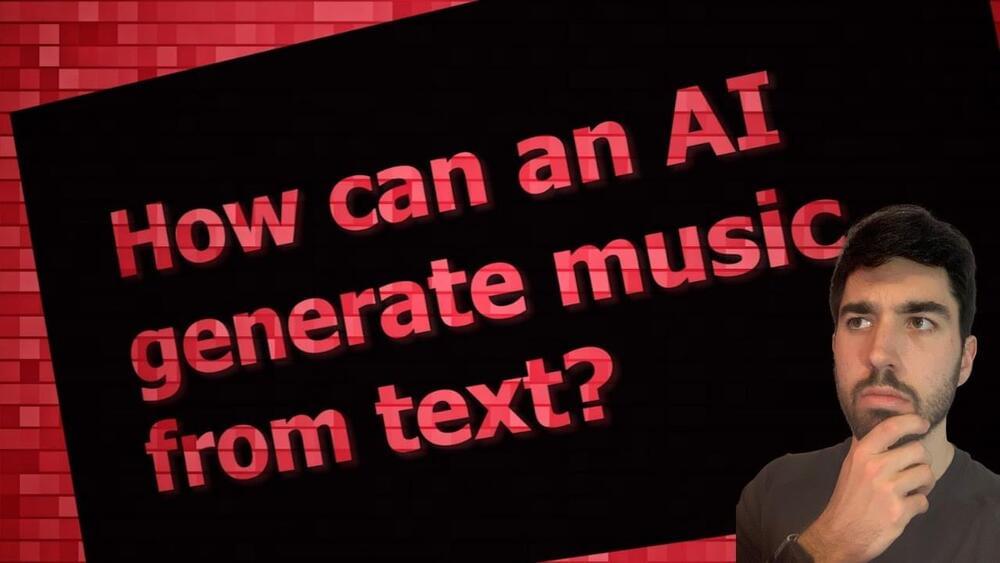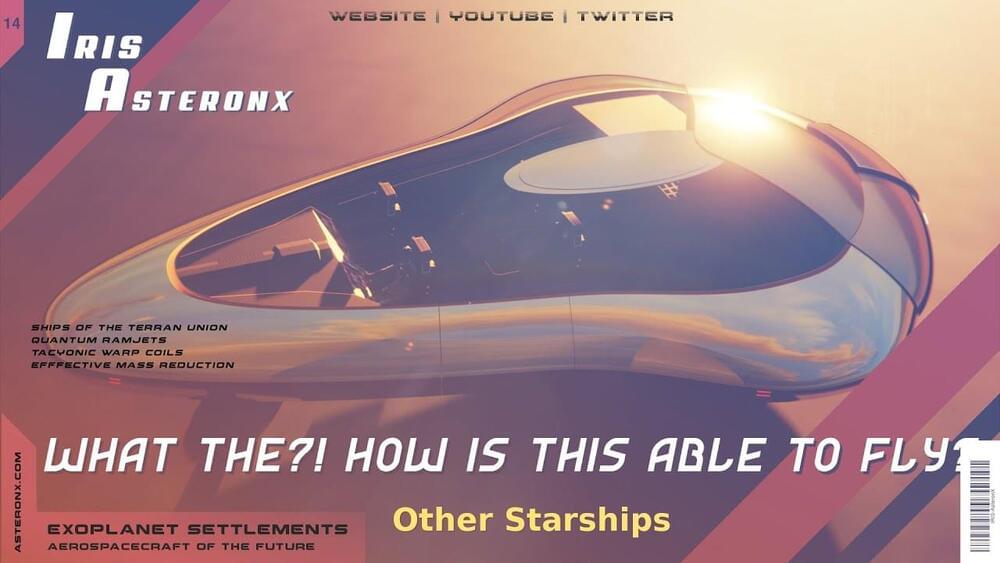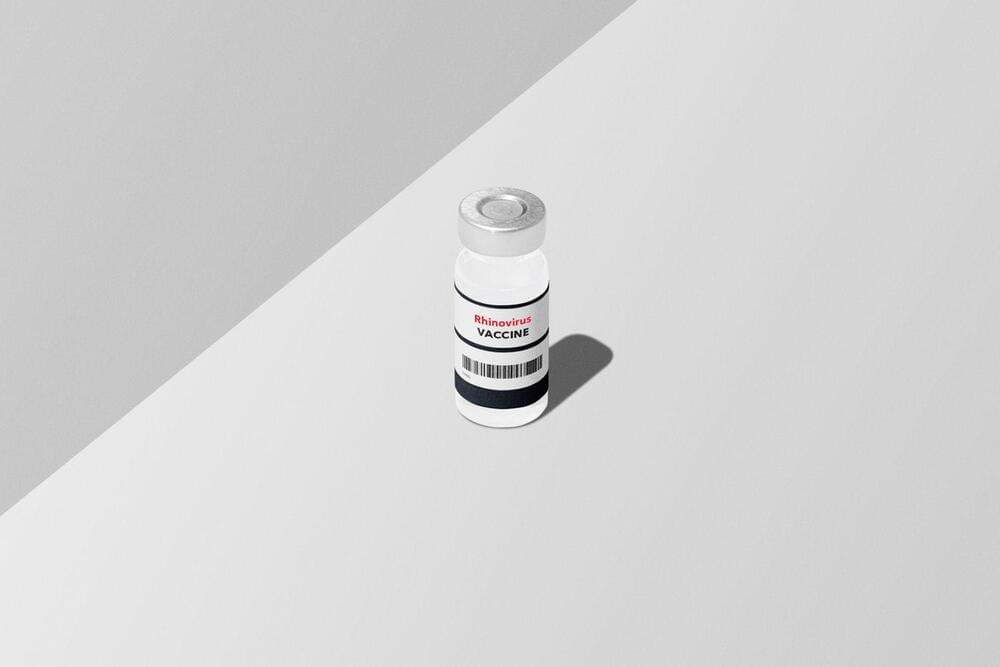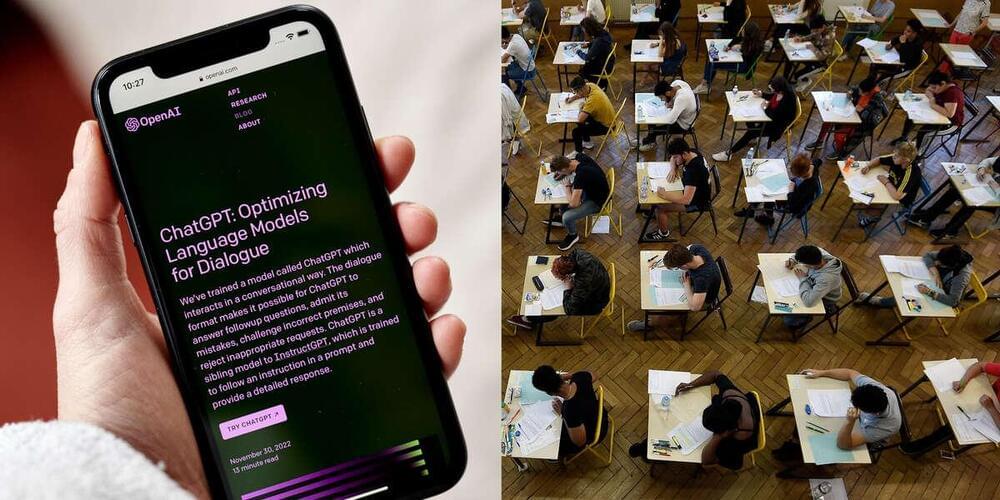The implications are staggering.
The word singularity has grabbed a lot of attention in the world of artificial intelligence. It refers to the moment AI exceeds out of human control and changes society.
What led to the emergence of complex organisms on Earth? It’s a significant unanswered question in biology. Researchers from Christa Schleper’s team at the University of Vienna and Martin Pilhofer’s team at ETH Zurich have taken a step towards resolving it. The scientists succeeded in cultivating a special archaeon and characterizing it more precisely using microscopic methods.
This member of the Asgard archaea exhibits unique cellular characteristics and may represent an evolutionary “missing link” to more complex life forms such as animals and plants. The study was recently published in the journal Nature.
All life forms on earth are divided into three major domains: eukaryotes, bacteria and archaea. Eukaryotes include the groups of animals, plants and fungi. Their cells are usually much larger and, at first glance, more complex than the cells of bacteria and archaea. The genetic material of eukaryotes, for example, is packaged in a cell nucleus and the cells also have a large number of other compartments. Cell shape and transport within the eukaryotic cell are also based on an extensive cytoskeleton. But how did the evolutionary leap to such complex eukaryotic cells come about?
Connectome harmonic decomposition (CHD) generalises the mathematics of the Fourier transform to the network structure of the human brain. The traditional Fourier transform operates in the temporal domain (Fig. 1a): decomposition into temporal harmonics quantifies to what extent the signal varies slowly (low-frequency temporal harmonics) or quickly (high-frequency temporal harmonics) over time (Fig. 1b). Analogously, CHD re-represents a spatial signal in terms of harmonic modes of the human connectome, so that the spatial frequency (granularity) of each connectome harmonic quantifies to what extent the organization of functional brain signals deviates from the organization of the underlying structural network (Fig. 1c, d). Therefore, CHD is fundamentally different from, and complementary to, traditional approaches to functional MRI data analysis. This is because CHD does not view functional brain activity as composed of signals from discrete spatial locations, but rather as composed of contributions from distinct spatial frequencies: each connectome harmonic is a whole-brain pattern with a characteristic spatial scale (granularity)—from an entire hemisphere to just a few millimetres.
On one hand, this means that CHD is unsuitable to address questions pertaining to spatial localisation and the involvement of specific neuroanatomical regions; such questions have been extensively investigated within the traditional framework of viewing brain activity in terms of spatially discrete regions, and several previous studies have implicated specific neuroanatomical regions in supporting consciousness33,34,35,36,37,38,39,40,41,42,43,44,45,46,47,48,49. On the other hand, CHD enables us to consider how brain activity across states of consciousness is shaped by the brain’s distributed network of structural connections, reflecting the contribution of global patterns at different spatial scales—each arising from the network topology of the human connectome. We emphasise that neither approach is inherently superior, but rather they each provide a unique perspective on brain function: one localised, the other distributed.
❤️ Check out Weights & Biases and sign up for a free demo here: https://wandb.com/papers.
📝 The paper “Co-Writing Screenplays and Theatre Scripts with Language Models: An Evaluation by Industry Professionals” is available here:
https://deepmind.github.io/dramatron/details.html.
My latest paper on simulations that look almost like reality is available for free here:
https://rdcu.be/cWPfD
Or this is the orig. Nature Physics link with clickable citations:
https://www.nature.com/articles/s41567-022-01788-5
🙏 We would like to thank our generous Patreon supporters who make Two Minute Papers possible:
Aleksandr Mashrabov, Alex Balfanz, Alex Haro, Andrew Melnychuk, Benji Rabhan, Bryan Learn, B Shang, Christian Ahlin, Edward Unthank, Eric Martel, Geronimo Moralez, Gordon Child, Jace O’Brien, Jack Lukic, John Le, Jonas, Jonathan, Kenneth Davis, Klaus Busse, Kyle Davis, Lorin Atzberger, Lukas Biewald, Matthew Allen Fisher, Matthew Valle, Michael Albrecht, Michael Tedder, Nevin Spoljaric, Nikhil Velpanur, Owen Campbell-Moore, Owen Skarpness, Rajarshi Nigam, Ramsey Elbasheer, Richard Sundvall, Steef, Taras Bobrovytsky, Ted Johnson, Thomas Krcmar, Timothy Sum Hon Mun, Torsten Reil, Tybie Fitzhugh, Ueli Gallizzi.
If you wish to appear here or pick up other perks, click here: https://www.patreon.com/TwoMinutePapers.
Thumbnail background image credit: https://pixabay.com/images/id-1668918/
(Sponsor) Take this survey and you can win new gear and help the Developer community (and mine): https://www.developereconomics.net/?member_id=whatsai&utm_medium=youtube.
References:
►Read the full article: https://www.louisbouchard.ai/musiclm/
►Agostinelli et al., 2023: MusicLM, https://arxiv.org/pdf/2301.11325.pdf.
►Listen to more results: https://google-research.github.io/seanet/musiclm/examples/
►My Newsletter: https://www.louisbouchard.ai/newsletter/
►Support me on Patreon: https://www.patreon.com/whatsai.
►Join Our Discord community, Learn AI Together: https://discord.gg/learnaitogether.
#ai #artificialintelligence #MusicLM
What The?! How is This Able to Fly?
Posted in futurism
For additional information watch:
Magnetohydrodynamic (MHD) Propulsion — What Is It?
Credits:
Special thanks to all our patrons and volunteers!
Thank you for your support!
Blender.
For all their hard work in making an amazing and.
professional program.
Scientists all over the Globe For providing much scientific data.
and working hard to give all of us a bright and amazing future.
Music:
There should be some vaccine against common cold because globally millions of people suffer s due to this disease.
Vaccines are an effective public health strategy, but so far, science has not been able to develop one for the common cold.
QNAP has released security updates to address a critical vulnerability (CVE-2022–27596 / CVSS 9.8) in the NAS devices.
ChatGPT, the artificial intelligence tool that has been used in everything from high school essays to a speech on the floor of Congress, has added another accomplishment to its résumé: passing exams from law and business schools.
The AI tool was presented with several tests from both the University of Minnesota’s law school and the University of Pennsylvania’s Wharton School of Business, passing them all.
That said, the AI didn’t necessarily ace the exams with flying colors. The chatbot answered 95 multiple choice questions and 12 essay prompts across 4 of UM’s law school tests, averaging about a C+ performance overall. The tech did better in Wharton’s business management course exam, scoring between a B to B-.
